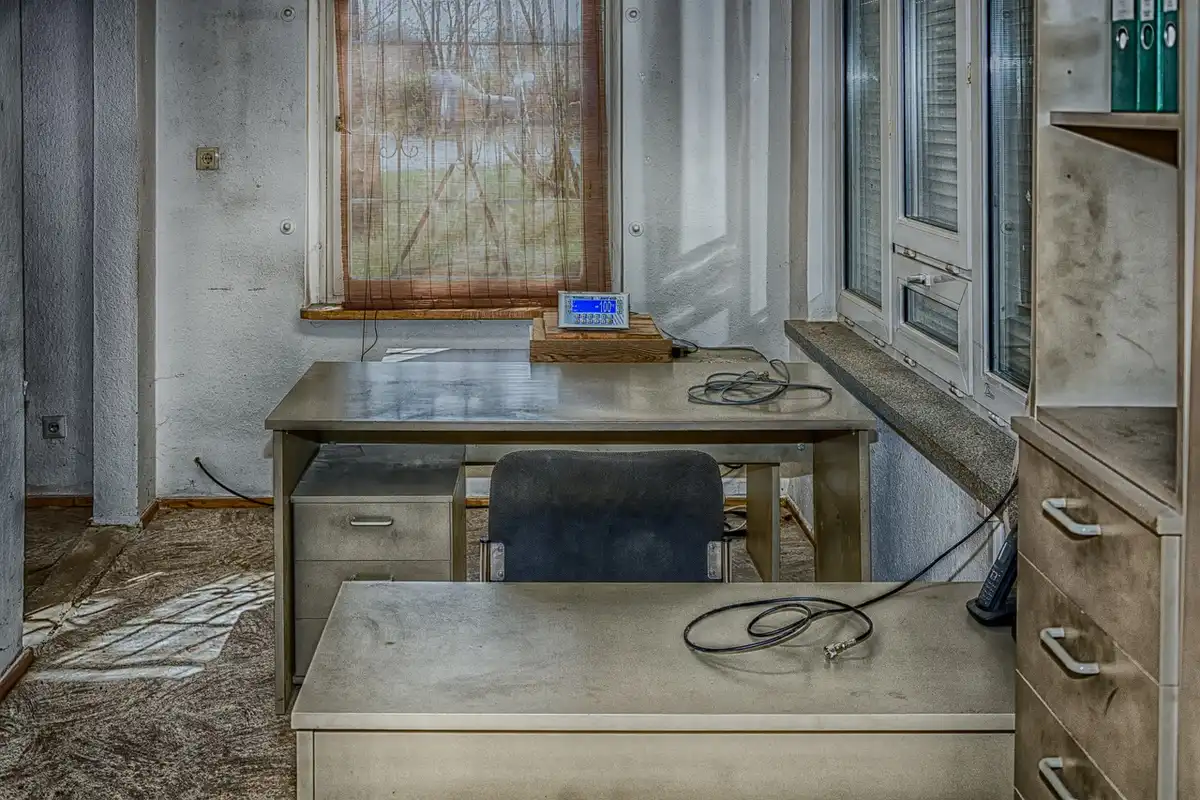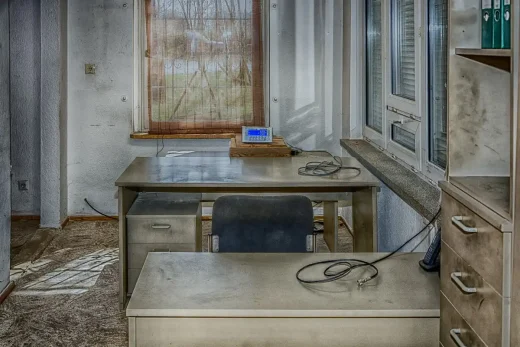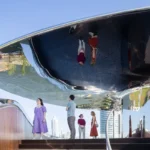Transforming spaces: the art of workplace refurbishment, Next generation office design, Commercial property interior systems
The Art of Workplace Refurbishment
2 January 2025
Transforming Spaces: The Art of Workplace Refurbishment
Creating a productive and inspiring workplace is more than just enhancing aesthetics. It’s about transforming spaces into centres of innovation and collaboration. Refurbishing an office can directly influence employee morale, teamwork, and overall business performance. Thoughtfully designed environments encourage creativity and strengthen the sense of belonging among staff.
This article explores the key considerations in workplace refurbishment and how intentional design can boost both employee engagement and productivity.
Understanding the Need for Refurbishment
Businesses often choose to refurbish offices to meet evolving needs and improve efficiency. An outdated layout or a lacklustre environment may be limiting staff productivity. A carefully planned refurbishment can tackle these challenges by creating a workspace that is both engaging and aligned with a company’s values and culture.
Refurbishments vary in scale, from simple updates like repainting or replacing furniture to completely redesigning the office layout. Identifying the unique needs of employees is a vital first step in planning a successful transformation. Inviting staff input ensures the changes address practical concerns and improve their day-to-day experiences.
Strategic design choices can also enhance the office’s overall appeal. For instance, introducing natural light, thoughtful colour schemes, and ergonomic furniture can create a more motivating and comfortable environment. Aligning design elements with employee preferences strengthens the connection between the workspace and its users, resulting in a more effective refurbishment.
Enhancing Functionality Through Design
Effective office refurbishment focuses on improving functionality while creating an environment that supports and motivates employees. Versatile spaces that cater to different work styles, such as collaborative areas, quiet zones, and communal spaces, can enhance team performance and flexibility. Open-plan layouts combined with designated zones for focused work allow employees to work more effectively based on their tasks and preferences.
Investing in professional refurbishment services is a key part of achieving a successful transformation. Experienced designers, especially those with expertise in office design, can provide tailored solutions that address the organisation’s unique requirements. These professionals assess existing spaces and recommend modifications that balance practicality and visual appeal.
Careful placement of technology and furniture is another crucial consideration. Strategically positioning desks, meeting rooms, and collaboration areas can streamline communication and teamwork. Creating dedicated spaces for individual focus and group activities allows employees to perform their roles more efficiently, fostering a structured and productive work environment.
Research highlights the importance of aligning workplace design with factors that influence employee well-being. For example, access to natural light and outdoor views can positively impact productivity and overall satisfaction. By prioritising these elements, refurbishments can create healthier and more engaging workplaces that support employee success.
The Role of Employee Well-Being in Office Design
Focusing on employee well-being has become a key aspect of modern workplace refurbishment. Employees increasingly value environments that prioritise their health and comfort. Factors such as air quality, lighting, and access to green spaces significantly impact satisfaction and productivity.
Incorporating biophilic design principles, which integrate natural elements into workspaces, offers measurable benefits. Research shows that features like indoor plants, natural materials, and outdoor views reduce stress and enhance efficiency. These additions not only improve the aesthetic appeal but also support a healthier and more positive workplace culture.
Noise management is another critical element in office design. Excessive noise disrupts focus and hampers productivity. Introducing sound-absorbing materials and providing quiet zones for concentrated tasks can minimise distractions. This ensures employees have access to spaces that suit their work needs, leading to greater satisfaction and improved retention.
Achieving a balance between functional and visually appealing design often requires professional input. Office refurbishment experts can help businesses create spaces that demonstrate a commitment to employee well-being. By doing so, organisations foster a motivated, engaged workforce ready to deliver their best.
Implementing a Successful Refurbishment Strategy
A well-executed workplace refurbishment requires a strategic plan. It starts with thoroughly assessing the current workspace to pinpoint areas needing improvement and understanding employee requirements. Gathering regular feedback from staff ensures the refurbishment aligns with the needs of those using the space every day.
After completing the assessment, it’s crucial to define clear goals for the project. Whether the aim is to boost collaboration, enhance productivity, or improve employee satisfaction, these objectives guide decisions and keep the process focused.
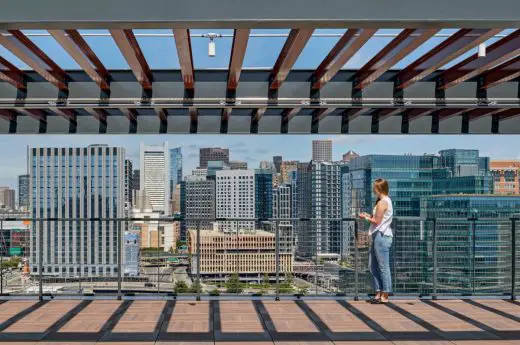
photo courtesy of architects office
Partnering with skilled contractors and designers is essential for seamless execution. Their expertise in materials, layouts, and technology ensures the refurbishment meets the organisation’s goals. For businesses considering office design services in Glasgow, working with local experts, like Anchorpoint Interiors, can also bring valuable insights into regional styles and preferences.
Transparent communication with employees throughout the process is key to success. Keeping staff informed about project timelines, planned changes, and how their feedback is being implemented fosters a sense of ownership. When employees feel involved and valued, they are more likely to embrace the new space.
By combining strategic planning, active employee participation, and professional collaboration, businesses can ensure their refurbishment projects create spaces that are both functional and visually appealing. These transformed work environments not only improve productivity but also reflect the organisation’s identity and values.
With the right approach, workplace refurbishment can turn an office into a space that inspires innovation, encourages teamwork, and builds a sense of community among employees.
Comments on this guide to Transforming Spaces: The Art of Workplace Refurbishment article are welcome.
Workplace Amenities Report released amidst Flight to Quality in Commercial Real Estate
Recent related architecture articles on e-architect:
Next generation of knowledge work, hybrid workplaces
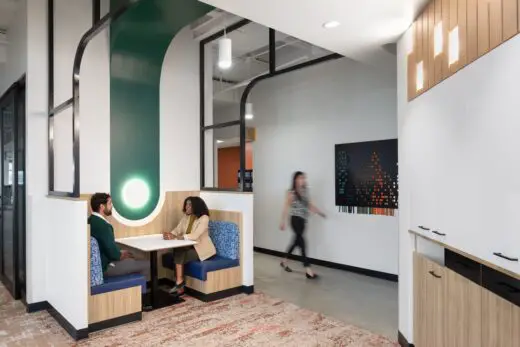
photo : Sean Fleming
The fluid, sustainable future of retail
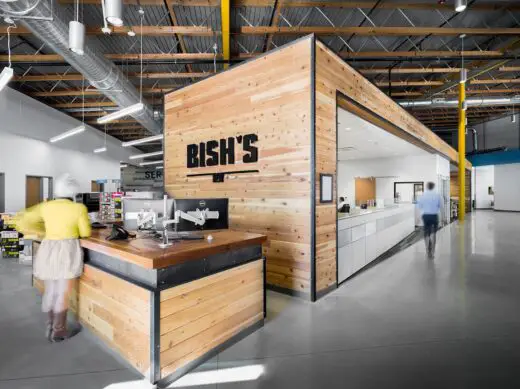
Data-Informed Design for User Experience at Work
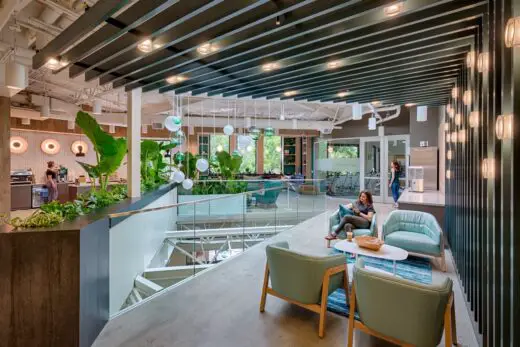
photo : Marco Zecchin
Cushing Terrell ATX Office in Austin, Texas
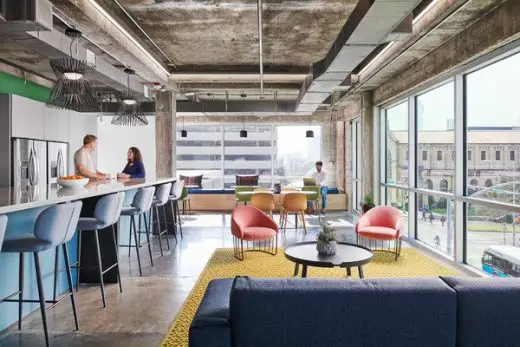
photograph : Peter Molick
American Architecture Design – chronological list
Comments / photos for the Transforming Spaces: The Art of Workplace Refurbishment architectural article page welcome.

